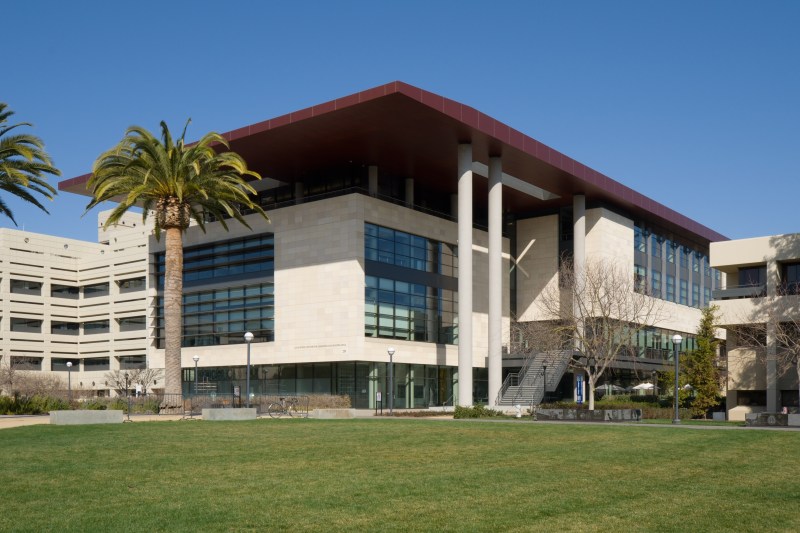Cornell University researchers predict that a virtual semester will lead to more COVID-19 infections than an in-person one. Cornell had announced its plans to welcome students back to its Ithaca campus for residential instruction this fall. As for many other universities, the decision came after a thorough consideration of a variety of factors.
For Cornell, one factor in particular was “very important” in determining fall semester plans, said Martha Pollack, Cornell’s president. The crucial element is a study done by Cornell researchers in mid-June, which found that through enforcing strict regulations and rigorous testing of students on campus, an in-person semester would result in fewer COVID-19 infections than would an online semester. Specifically, the study estimates 3.6% of the campus population will become infected during an in-person semester, with an online model leading to more than five times that number.
The study estimated that about 9,000 students would return to campus during the fall, as indicated by the student survey. However, many are skeptical of the survey results since responses were collected before coronavirus cases spiked and before ICE released their modified student visa policies.
Stanford professors have shared their perspectives in response to the findings of Cornell researchers.
“[Cornell’s study] has a very well-thought-out protocol,” said Dean Winslow, professor at the Stanford University Medical Center.
“I view this as a remarkable, novel approach to a difficult situation. In my opinion, if they are able to pull off the surveillance, then I anticipate that they would be able to dramatically limit transmission on their campus,” added Stephen Luby, a professor specializing in infectious diseases and professor, by courtesy, of epidemiology in the department of Health Research and Policy.
Another Stanford professor of epidemiology, who wishes to remain anonymous, described Cornell researchers as trying to create a “safe cocoon” for their staff and students, “but whether [it] stays safe, really depends on people’s behavior.”
Alluding to recent outbreaks linked to coronavirus parties and Greek life, the professor also mentioned that one crucial factor of the study is assuming that students will behave and comply with the University’s rules and protocols. College campuses have the potential to become “bubbles,” as they can frequently screen people and control who enters and leaves campus, which can prevent anyone from penetrating the bubble and threatening the rest of the campus population.
Even with all the regulations in place, if people fail to follow them, all efforts of creating a safe zone would go to waste.
When asked about the applicability of Cornell’s model to Stanford’s campus, the interviewed professors all agreed that the differences between Cornell’s and Stanford’s campus communities and locations make it difficult to apply the same model to both.
“[Stanford] would require a separate assessment and separate model,” said Luby. “There may also be substantial differences in the number of people from outside the University community who visit the respective institutions and the diversity of the communities (and so the diversity of SARS-CoV-2 exposure) whom they are connected to.”
Strict testing and isolation protocols “might be harder to do in other institutions, particularly at places like Stanford, where you’ve got downtown Palo Alto that’s literally just a few minutes away, and San Francisco, which is a short train ride or bus ride away,” said Winslow.
In early July, a similar study done jointly by researchers from Yale and Harvard concluded that “frequent testing (every 2 or 3 days) of all students with a low-sensitivity, high specificity test will control outbreaks with manageable isolation dormitory utilization at a justifiable cost.”
“Campuses can safely reopen in the fall 2020, but success hinges on frequent screening and uncompromising, continuous attention to basic prevention and behavioral interventions to reduce the baseline severity of transmission,” the study reads.
Since Gov. Gavin Newsom recently ordered an online semester for the upcoming school year, most counties, including Santa Clara County in which Stanford resides, must abide by the order.
Contact Vivian Chang at vivianchang2003 ‘at’ gmail.com.
